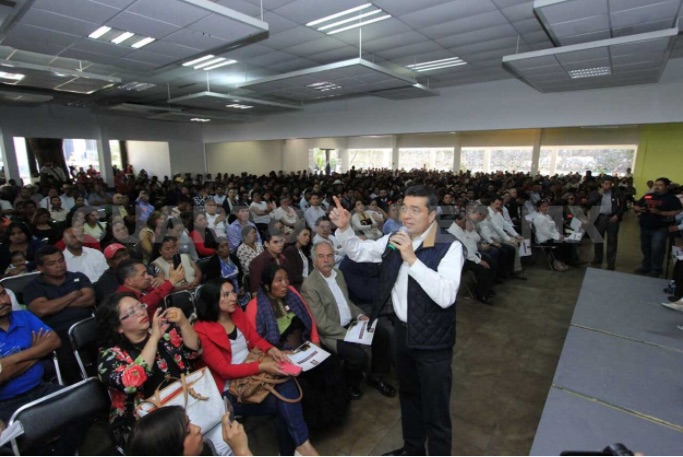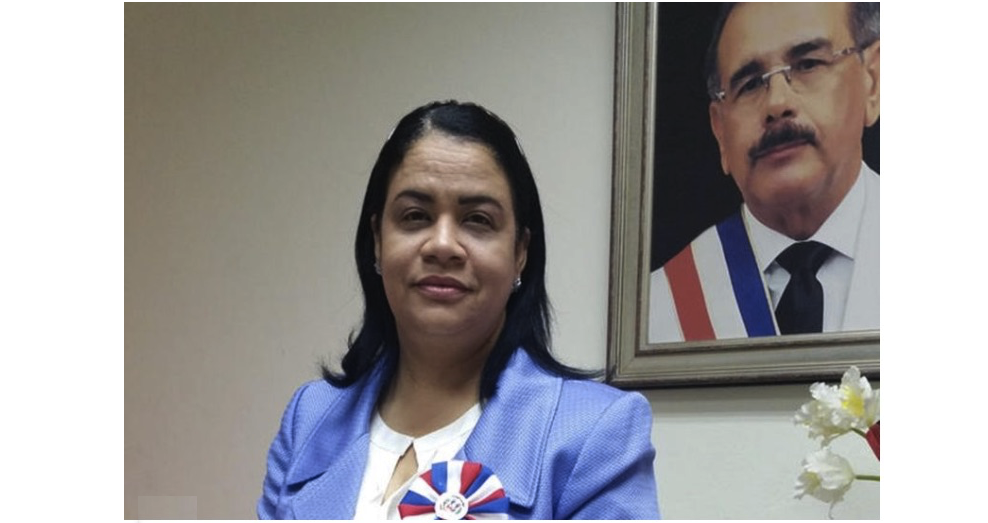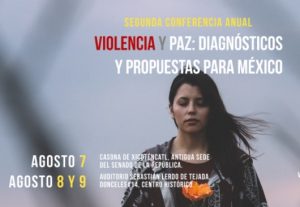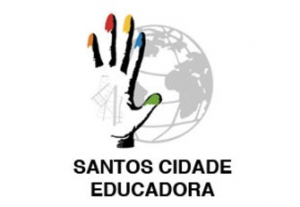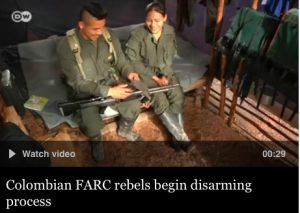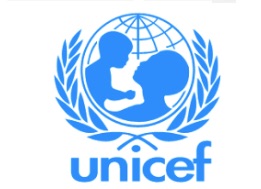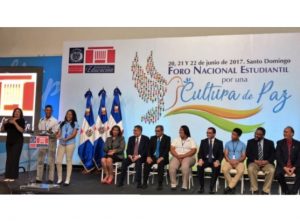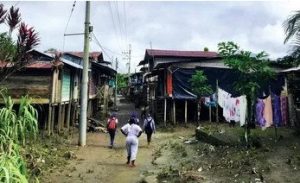. . SUSTAINABLE DEVELOPMENT . .
An article from Aleteia (translated by CPNN)
The Colombian government is launching a call for tour operators to set up travel packages in postconflict areas.
Visiting them can be an unforgettable adventure. For example, located in the Colombian department of Magdalena, in the north of the country, in the Sierra Nevada area of Santa Marta, Ciudad Perdida, also known as Teyuna, is an extremely attractive place by nature with crystalline waters and indigenous peoples.

Considered one of the main archaeological sites of Colombia, rediscovered by a team of local researchers in the 70’s and a reference area at the political level in its time, this place is positioned as a tourist destination that seeks to be enhanced.
But Ciudad Perdida has also been affected by the Colombian conflict, hence a place that has known much suffering.
Along with this Colombian locality other places like Sierra de La Macarena in the department of Meta, or Golfo Urabá – Darién (Chocó, Antioquia) have become part of a pilot plan of the Colombian government denominated “Tourism, Peace and Coexistence”.
(article continued in right column)
(Click here for the Spanish version)
How can tourism promote a culture of peace?
(article continued from left column)
This is precisely one of the goals of the Colombian government – through the Ministry of Commerce, Industry and Tourism – to make a clear commitment to tourism in post-conflict zones. In that sense, a strong call for travel agents was recently launched to include these areas in their packages and proposals. In March of this year, a set of actions in favor of work among the various communities involved had also been submitted to the government for consideration, among other things.
Is it possible to build peace from tourism?
“If entrepreneurs do not sell, do not package, do not work hand in hand with post-conflict regions to generate development, peace will not be lasting. So it is important to take tourism companies to those regions that previously did not allow any type of development because of violence, “said Minister of Commerce, Industry and Tourism, María Claudia Lacouture, reproduces El País.
As early as 2014, when the work on the post-conflict zones strategy was announced, tourism was considered “an important development factor that generates territories of peace”. “Tourism is a tool for the territories in the process of transformation towards a culture of peace. It is a sector that contributes to sustainable development, to the empowerment of communities in their territories, and it can generate other industries”, according to the strategy developed at that time.
One of the objectives visualized at that time was “the construction of the social fabric and a culture around tourism and peace”.
The scenario has now changed and indeed Colombia has now entered the post-conflict period. The challenge is before us and now it is the operators who have in their hands the possibility of giving more space to these proposals.
That is what it is about now, the development of these areas that have suffered in the past – for the best possible future for its inhabitants and sustainability guidelines for a better care of nature.
